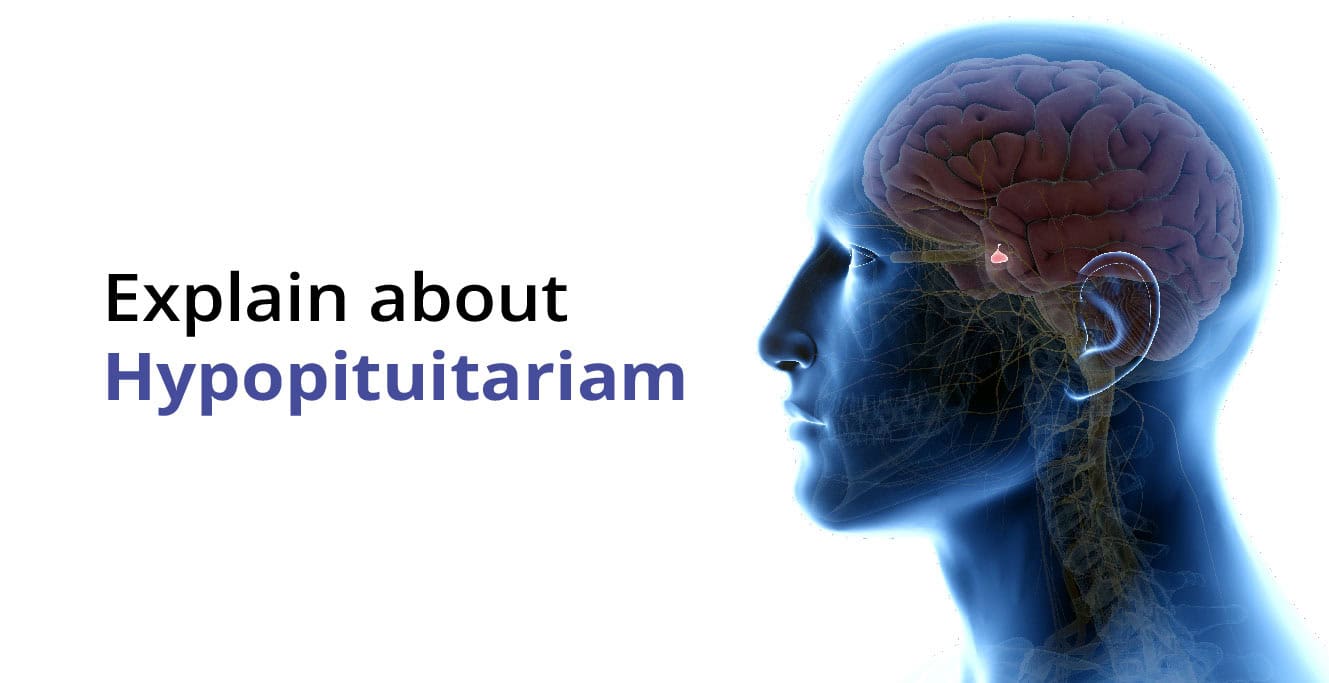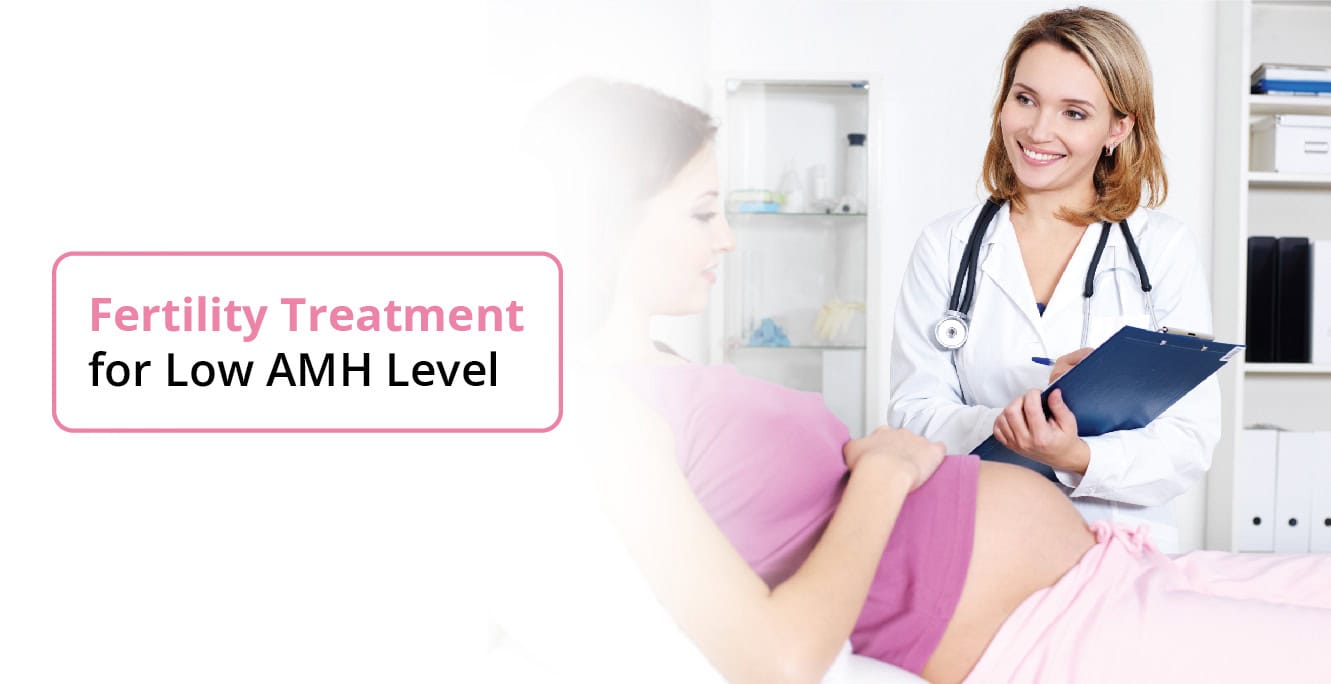What Is a Dermoid Cyst?
- Published on July 21, 2022
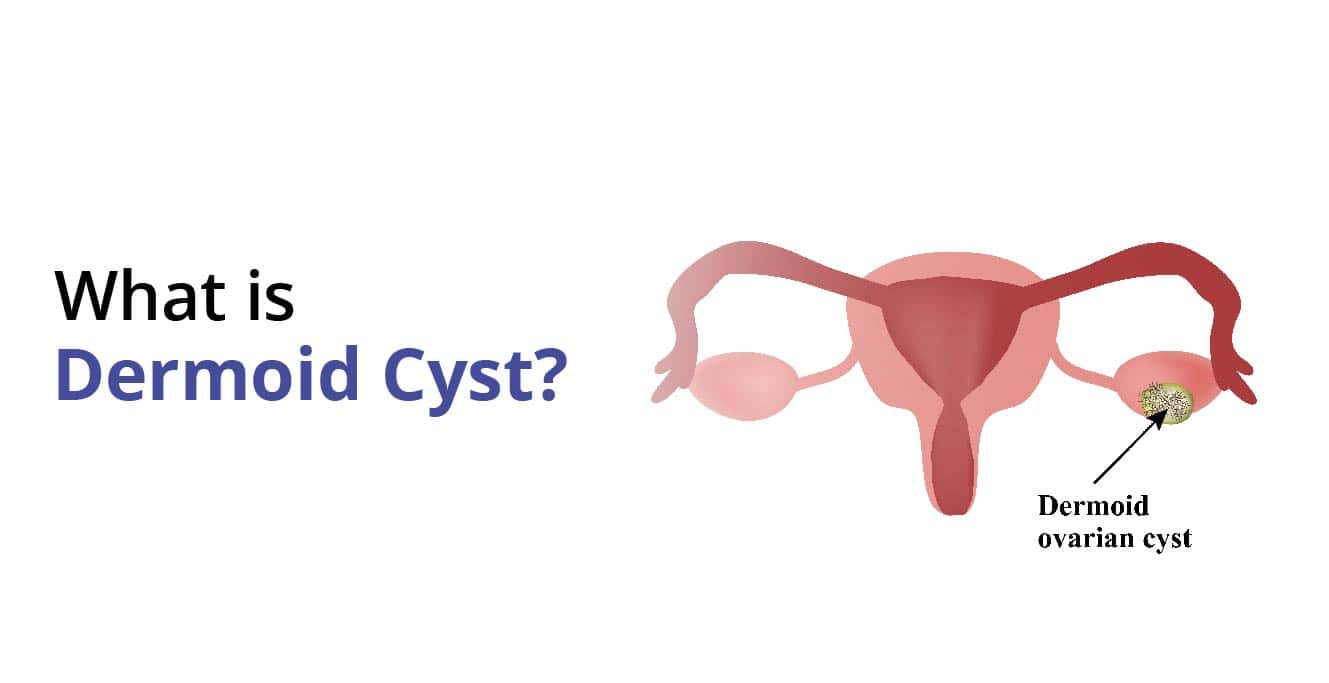
A dermoid cyst is a benign cutaneous growth filled with tissues normally found in bone, hair, oil glands, skin, or nerves. They may also contain a greasy, yellowish material. These cysts are enclosed in a sac of cells and often grow in or under the skin.
Dermoid cysts can grow anywhere in your body, but they are more likely to form in the neck, face, head, or lower back. They can also be found in the testicles or ovaries. They are generally non-cancerous and tend to grow slowly.
Table of Contents
Types of dermoid cysts
There are numerous dermoid cyst types, some of which are more common than others. More than 80% of these cysts occur on the head and neck, but they may also occur elsewhere.
Types of dermoid cysts:
Periorbital dermoid cysts
This type of cyst generally forms near the outside edge of your left or right eyebrows. Often present at birth, these cysts may or may not be obvious for several months or even years after birth. They hardly show any symptoms and pose little to no health risks.
Ovarian dermoid cysts
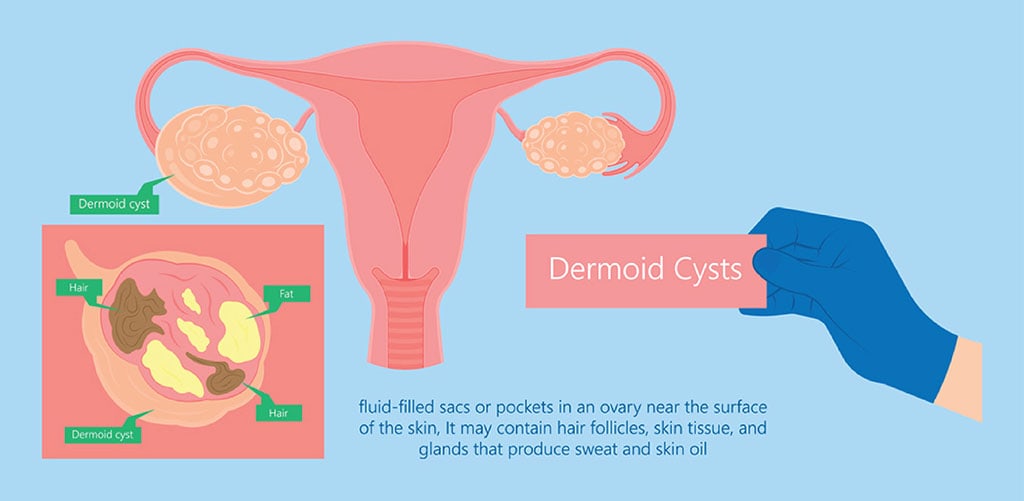
As the name suggests, ovarian dermoid cysts form in or around your ovaries. These cysts are typically unrelated to a woman’s menstrual cycle, unlike other kinds of ovarian cysts. An ovarian dermoid cyst is congenital and is already present at birth. However, it may not be detected until years later as it is mostly asymptomatic and has no major health risks.
Spinal dermoid cysts
Spinal dermoid cysts are slow-growing, benign growths in the spine. These cysts do not spread and are non-cancerous. However, they may cause issues by compressing important structures like spinal nerves or the spinal cord. The risk of rupture cannot be completely ruled out.
Epibulbar dermoid cysts
These dermoid cysts are benign in nature and tend to be firm. They may be pinkish or yellowish in colour. Their sizes can range from a few millimetres to more than a centimetre.
Intracranial dermoid cysts
Intracranial dermoid cysts are lesions that are slow-growing, congenital cysts in the brain. They are usually benign and occur rarely. However they can cause problems on rupturing.
Nasal sinus dermoid cysts
These dermoid cysts are among the rare ones to occur. These lesions form in the nasal sinuses and can take the form of cyst, sinus or fistula in the nasal cavity, which could lead to further complications.
Must read ovulation meaning in hindi
Cause of dermoid cysts
Dermoid cysts are congenital and already present at birth. They form when skin structures don’t grow properly as they should and become trapped during the fetal development stage in the uterus.
Skin cells, tissues, and glands sometimes accumulate in a sac in a fetus, leading to the formation of dermoid cysts. These lesions may contain many skin structures, including sweat glands, hair follicles, teeth, nerves, etc.
Symptoms of dermoid cysts
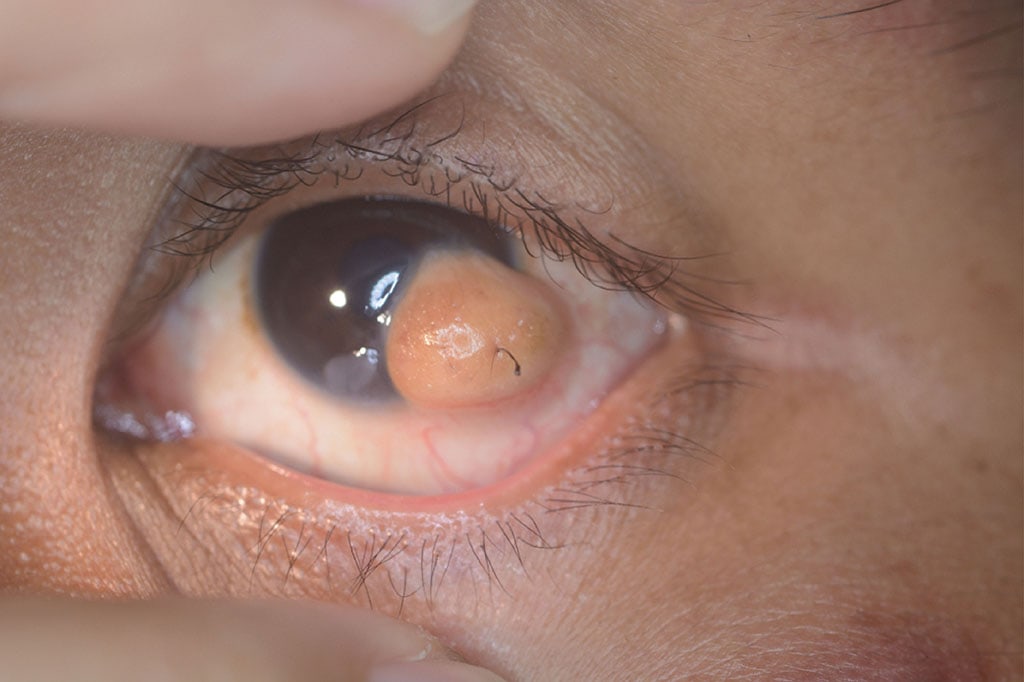
Dermoid cyst symptoms vary according to the type of cysts. In some cases, people may not exhibit any symptoms in the initial stages. However, they may start experiencing a few symptoms later on if their cysts continue to grow with time.
Based on its type, dermoid cyst symptoms are as follows:
Periorbital dermoid cyst
Symptoms include a painless lump near the edge of your eyebrow that may be swollen. It may be yellowish in colour. Left untreated, it can impact the shape of bones in the affected area.
Ovarian dermoid cyst
If you have ovarian dermoid cysts, you may experience pain in your pelvic region around your monthly period. These cysts however don’t affect your menstrual cycle or flow.
Spinal dermoid cyst
Spinal dermoid cystsmay lead to trouble in walking and moving. Patients may also experience weakness in their arms and legs.
Some people with spinal dermoid cysts may even experience urinary incontinence.
How to reduce the risk of a dermoid cyst?
Since dermoid cysts are already present at birth, you can’t do anything to reduce their risk of occurrence.
Dermoid cyst diagnosis
Inform your healthcare providers about any dermoid cyst symptoms you experience so that a speedy diagnosis is possible.
Depending upon the cyst’s location, a doctor can use different methods for diagnosis.
Physical examination
Cysts that are close to the skin’s surface are visible to the naked eye and can be physically examined and diagnosed by a medical professional.
Magnetic Resonance Imaging (MRI) or Computed Tomography (CT Scan)
Non-invasive tests like MRI or CT scans can reveal the presence of cysts. These tests are useful to diagnose dermoid cysts that are located near sensitive areas, like arteries.
These tests are especially useful in diagnosing spinal cysts that may be near a nerve.
Pelvic ultrasound/transvaginal ultrasound
If your healthcare provider suspects you of having an ovarian dermoid cyst, they may recommend a pelvic ultrasound to diagnose the same. It is a painless procedure that uses sound waves to show images of the cysts if present.
A transvaginal ultrasound can also be used for the diagnosis.
Also, read about shukranu
Treatment of dermoid cysts
Dermoid cyst treatment often entails a surgical procedure. The nature of the dermoid cysts determines the type of surgery needed.
Periorbital dermoid cyst
The healthcare provider will clean the affected area and administer a local anaesthetic. Then they will make a small incision through which they will remove the cyst.
The smaller the incision, the lesser the scarring.
Ovarian dermoid cyst
Ovarian dermoid cyst removal is done through a process called ovarian cystectomy. It is generally a minimally invasive surgery in cases where the cyst is a small one. However, if your cyst is large in size, then the entire ovary may be removed. Close monitoring by your gynaecologist is important for such critical cases.
Spinal dermoid cyst
Typically, a surgical microscope is used to remove a spinal dermoid cyst. This procedure is considered microsurgery and is performed when a patient is under general anaesthesia.
What happens if dermoid cysts go untreated?
Since dermoid cysts are mostly harmless, some people choose to leave them untreated. However, they may continue to enlarge without treatment and may cause complications in the long run. Untreated dermoid cysts may lead to:
- Growth and rupture (bursting open)
- Pain and swelling
- Infections and scarring
- Damage to nearby bones
- Injury to nerves and the spinal cord
- Twisting of the ovaries (ovarian torsion)
You should seek treatment for your dermoid cysts to prevent these complications. Dermoid cyst surgery is usually a safe and minimally invasive procedure that is often suggested depending upon the severity of the case.
Conclusion
Dermoid cysts are quite common. Even though they are mostly benign, they can still cause some complications if left untreated. Effective dermoid cyst treatment is possible with dedicated medical care from an experienced doctor, preferably a gynaecologist. To avail of the best minimally invasive cutting-edge treatment options, get in touch with our dermoid specialist, Dr Deepika Mishra today.
FAQs
1. Is dermoid cyst a tumour?
Yes, it is a type of tumour.
2. How serious is a dermoid cyst?
They are usually harmless. However, some may cause complications due to their location and/or size.
3. Can dermoid cysts turn cancerous?
They are mostly benign but can turn cancerous in rare cases.
4. What are dermoid cysts filled with?
They are filled with tissues containing skin, hair, and nerve cells.
5. Do dermoid cysts run in families?
Dermoid cysts are not generally hereditary but may run in families in rare cases.
Related Posts
Written by:
Dr. Apeksha Sahu
Consultant
Dr. Apeksha Sahu, is a reputed fertility specialist with 12 years of experience. She excels in advanced laparoscopic surgeries and tailoring IVF protocols to address a wide range of women’s fertility care needs. Her expertise spans the management of female reproductive disorders, including infertility, fibroids, cysts, endometriosis, PCOS, alongside high-risk pregnancies and gynaecological oncology.
Ranchi, Jharkhand
Our Services
Fertility Treatments
Problems with fertility are both emotionally and medically challenging. At Birla Fertility & IVF, we focus on providing you with supportive, personalized care at every step of your journey towards becoming a parent.Male Infertility
Male factor infertility accounts for almost 40%-50% of all infertility cases. Decreased sperm function can be the result of genetic, lifestyle, medical or environmental factors. Fortunately, most causes of male factor infertility can be easily diagnosed and treated.We offer a comprehensive range of sperm retrieval procedures and treatments for couples with male factor infertility or sexual dysfunction.

































